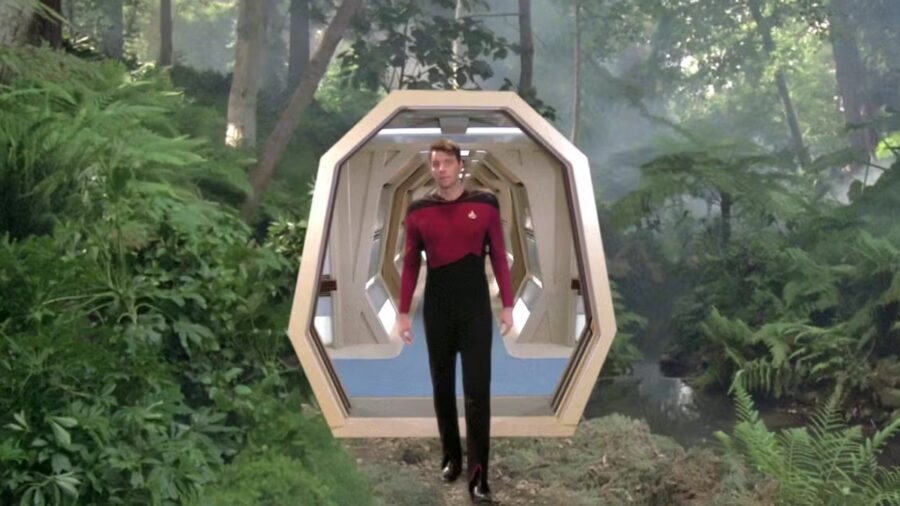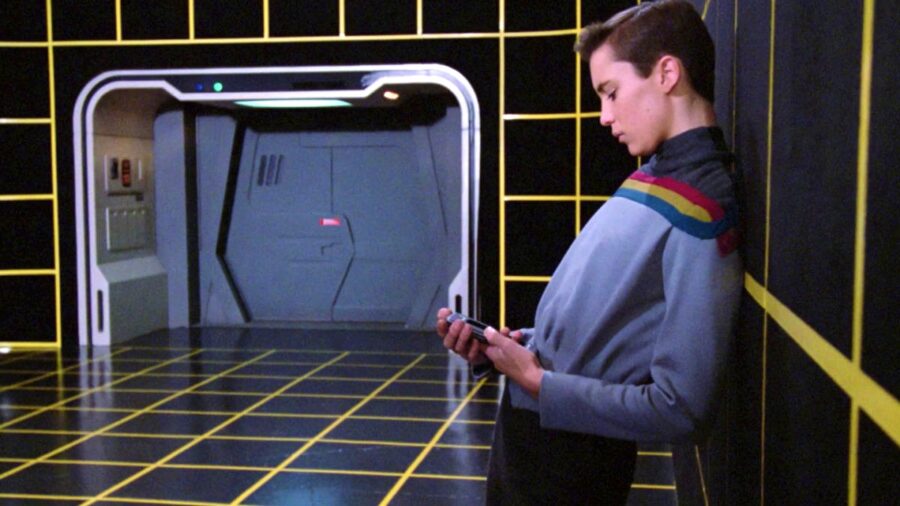NASA Is Making Star Trek Holodecks And Motion-Controlled Rovers

Holodeck tech coming to a space program near you? You wouldn’t expect NASA to be a crowd-pleaser at this year’s Game Developers Conference (GDC), but sometimes when the government cuts back on a chunk of your funding, you have to appeal to the demographic that still loves you.
For a 2013 presentation titled “We Are the Space Invaders,” NASA public speaker Dr. Jeff Norris — who also happens to manage to Planning and Execution Systems Section at NASA’s Jet Propulsion Laboratory (JPL) out of Pasadena, California — opened the panel with a video of the first man to orbit Earth, Yuri Gagarin. That was juxtaposed next to a video of one of the earliest video games, Spacewar!, which was created in 1961, the same year as Gagarin’s famed flight.
So what’s the Holodeck connection? A one-ton, Kinect motion-controlled rover that another presenter, NASA’s Victor Luo, walked over a simulated asteroid surface located at JPL. They also showed off the motion controls to maneuver robotic hands and land a Mars Rover in the Kinect-controlled game Mars Rover Landing. The presentation highlighted other ways in which NASA has used the gaming industry in its research and development.

Of course, the loftier and slightly out-of-reach goal is what drew saliva from the corners of everyone’s mouths: showing a picture of Star Trek: The Next Generation’s Enterprise D before mentioning the holy grail of the holodeck.
Norris went on to explain his Holodeck wishes and goals, which are definitely his alone and have never been discussed at end by sci-fi fans for years. He said, in part, “We all desperately want Star Trek, and I do believe that humanity’s destiny is to climb aboard starships and explore the universe…I want us to build a future of shared immersive exploration. Everyone exploring the universe through robotic avatars, not just peering at numbers or pictures on a screen, but stepping inside a holodeck and standing on those distant worlds.”
Considering a few screen-display versions of the holodeck already exist, perhaps NASA will be the department to bring the technology to the masses. With lots of help from private developers, of course.
In the years since, NASA has worked on the Holodeck Testbed Project, creating an extremely immersive environment that can augment the agency’s training and engineering design, analyze operations, and support other activities. This also includes hybrid reality tools, software programming, and optimized, photo-realistic digital/VR models. All to say: very space-aged task.











